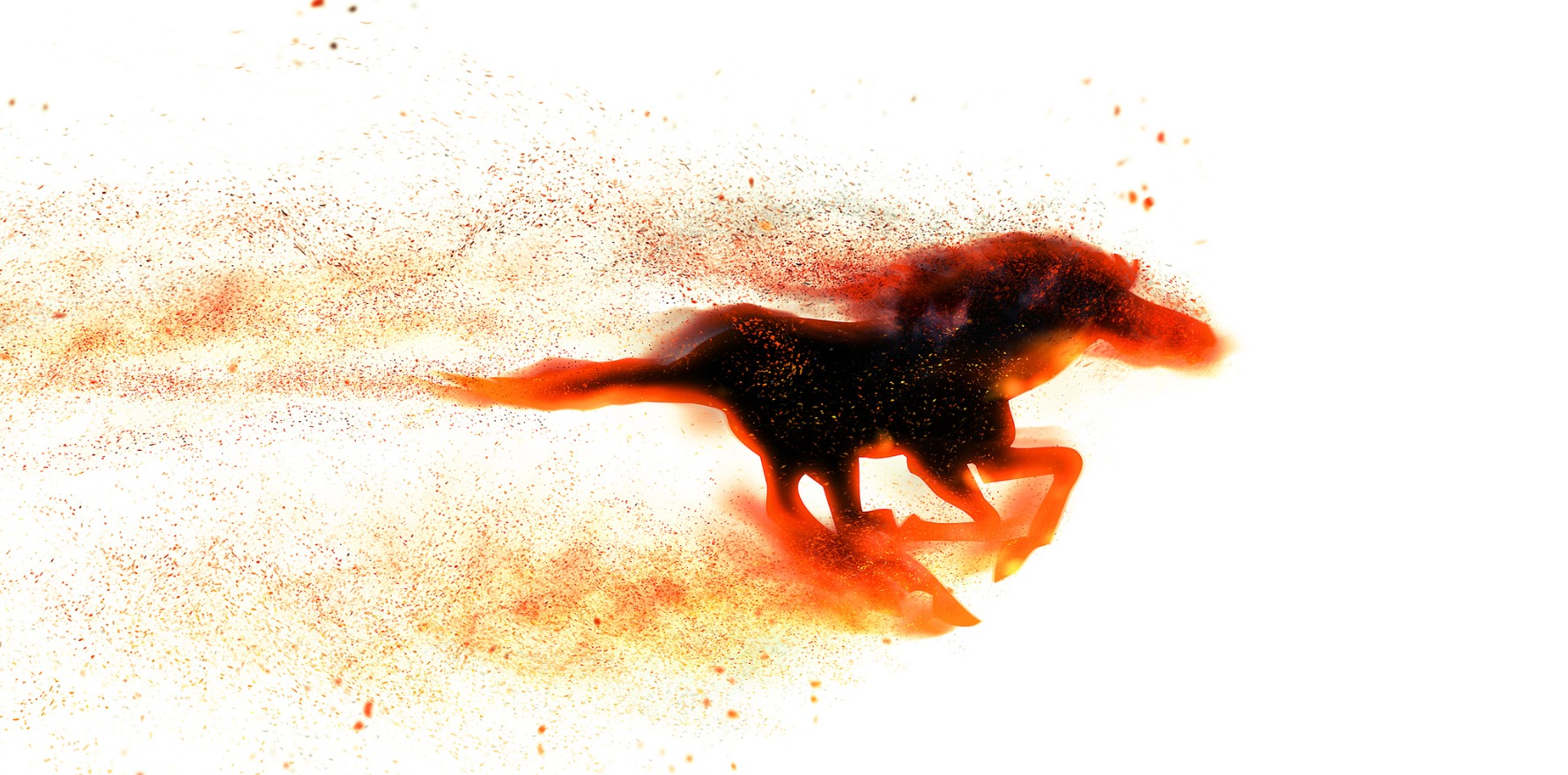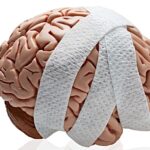It's not just doctors working in contact sports who need to be alert.
Mention concussion and most people conjure up the image of a footballer being stretchered from the field, but Australian experts say the injury and its consequences are much broader.
Neurophysiologist Associate Professor Alan Pearce told TMR there was growing evidence that sub-concussive impacts – when patients are symptom-free but still experience acute neurological deterioration – also have the potential to cause later dysfunction.
The public conversation had begun to acknowledge the risks of repeated head injuries – a dialogue borne along by high-profile cases including AFLW player Jacinda Barclay, who was found dead at home in late 2020 at the age of just 29.
“I’ve been in this area of research for nearly 15 years and in the earlier days it was very difficult to describe subclinical concussion … and I think it misled a lot of the public to thinking the big hits were the issue rather than the accumulation of smaller hits,” said Professor Pearce, research manager at the Australian Sports Brain Bank (ASSB).
“The public is now starting to understand it’s also issues with heading of the soccer ball for example, because we’ve had news from the UK of increased rates of dementia in people who’ve played soccer.”
Barclay – who did not have a substantial clinical history of concussion – was the first contact sportswoman to donate her brain to the ASSB. An investigation by executive director Michael Buckland revealed Barclay did not have chronic traumatic encephalopathy (CTE, a progressive brain disease associated with repeated traumatic brain injuries) but did have extensive white matter damage, which has also been found in boys as young as eight after a single season of American football.
“We know from almost 10 years of imaging research in the US that you don’t actually need to have any concussions per se to get white matter damage – it’s reflective of trauma to the brain rather than concussions,” Professor Pearce said.
It’s not known whether white matter damage is a precursor to CTE, he added.
Professor Pearce also urged clinicians to be alert to the possibility of brain injuries among patients playing sports not commonly associated with concussion – such as tennis – because health staff and players might be less experienced in appropriate management when the injuries were rare.
He has co-authored a paper referring to several cases among professional tennis players including British player Sarah Borwell, whose opponent hit a ball directly into her head. Borwell continued to play but deteriorated after the match with nausea and dizziness, and an MRI revealed bruising on her brain. Despite this, she was cleared to play after just one week, but struggled to walk straight or keep her balance, with symptoms remaining for almost a year.
Neurologist and concussion expert Dr Rowena Mobbs said while boxers and military veterans presented with the most severe symptoms, she had also seen cyclists with problems, and there was research under way for brain injuries associated with horse racing, equestrian and diving.
She said it was rare for patients to remember exactly how many concussions they had suffered, which she suggested might be partly due to lack of understanding of the definition.
“Practically, I would explain a concussion as any symptoms after any head injury. Often people have misinterpreted that a concussion must be a loss of consciousness or being really, really confused but it could be other things like seeing stars or a degree of short-term confusion, or double vision,” said Dr Mobbs, a senior lecturer at Macquarie University in Sydney.
She said she might see up to 20 patients per week who had a history of repeated brain injuries who now presented with neurological symptoms.
“When I went through medical school, we were taught to ask about head trauma, but it was more from the perspective of ‘have you been in intensive care or had a neurosurgical operation for head trauma’.
“Over the past few years, I’ve certainly seen an increasing number of patients through the door with this [history] … I certainly do see women coming into the clinic, mainly, who have a background of family and gender-based violence, and I would say at risk of CTE.”
There was some evidence for sex differences in the impacts of brain injury, including that sportswomen were more likely to suffer concussion and take longer to recover – but data might be skewed by cultural factors including that male patients were less likely to report concussion and tended to downplay symptoms.
Post-traumatic migraine was an important possibility to consider for female patients.
“After head trauma the brain is pretty irritated, and it could trigger chronic migraine – women get that three times more often than men. It’s a common condition, and I believe it’s accounting for some of the concussion and post-concussion symptoms that people experience.”
She said distinguishing post-traumatic migraine from acute concussion or post-concussion syndrome could be particularly difficult in the first month since many symptoms overlap, including headache, light and sound sensitivity, tinnitus, mental clouding, fatigue, double vision, weakness, dizziness, numbness and tingling.
“We ought to treat these patients empirically for chronic migraine if they’re into that post-concussion phase and try to resolve their symptoms quickly because we are very good at treating migraine.”
Professor Pearce said they were inviting people who had played contact sports at any level – regardless of having concerns about their brain health or not – to contact the ASBB for information on participating in their research.
“People who feel okay – they’re what we call active controls. We want to get a better understanding of the rate of CTE, and the differences between the brains of those who have CTE versus those who’ve had a comparable number of hits to the brain and may not get it, because one of the criticisms of the research is that it’s biased towards those who are concerned about themselves or their loved ones.
“Those who don’t seem to be having any issues think, ‘maybe my brain is not important enough’, but every brain is important for our research.”
Listen to the full conversation on The Tea Room podcast.






